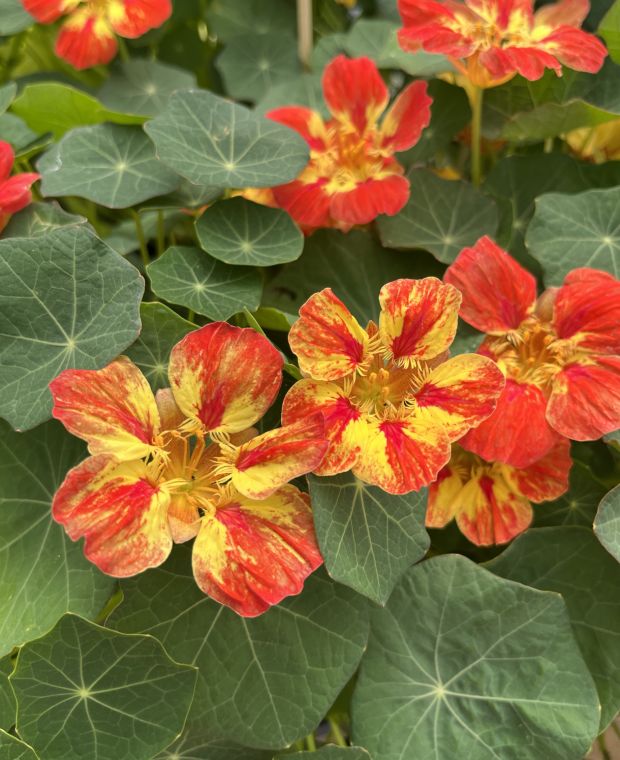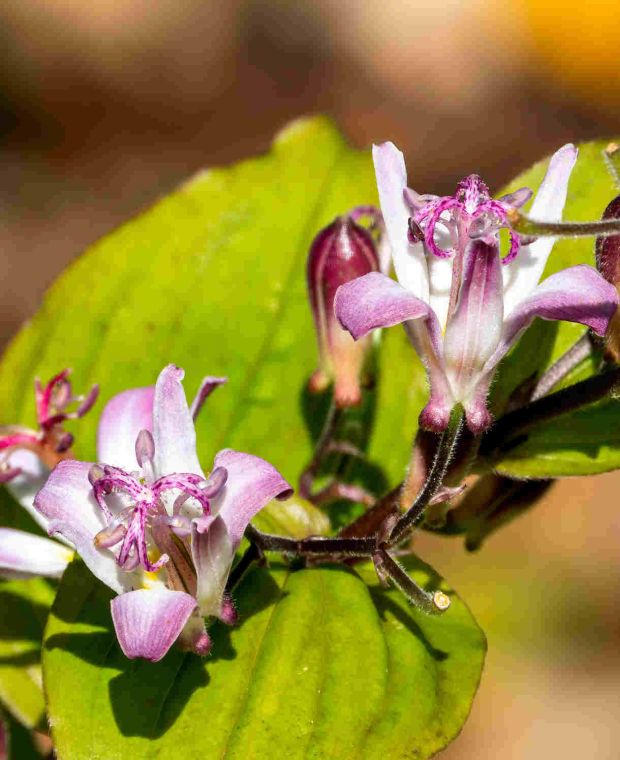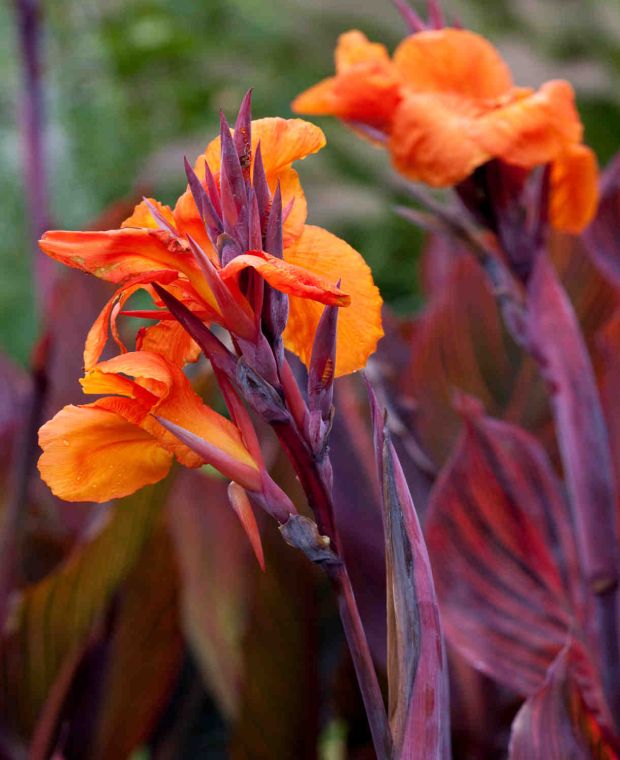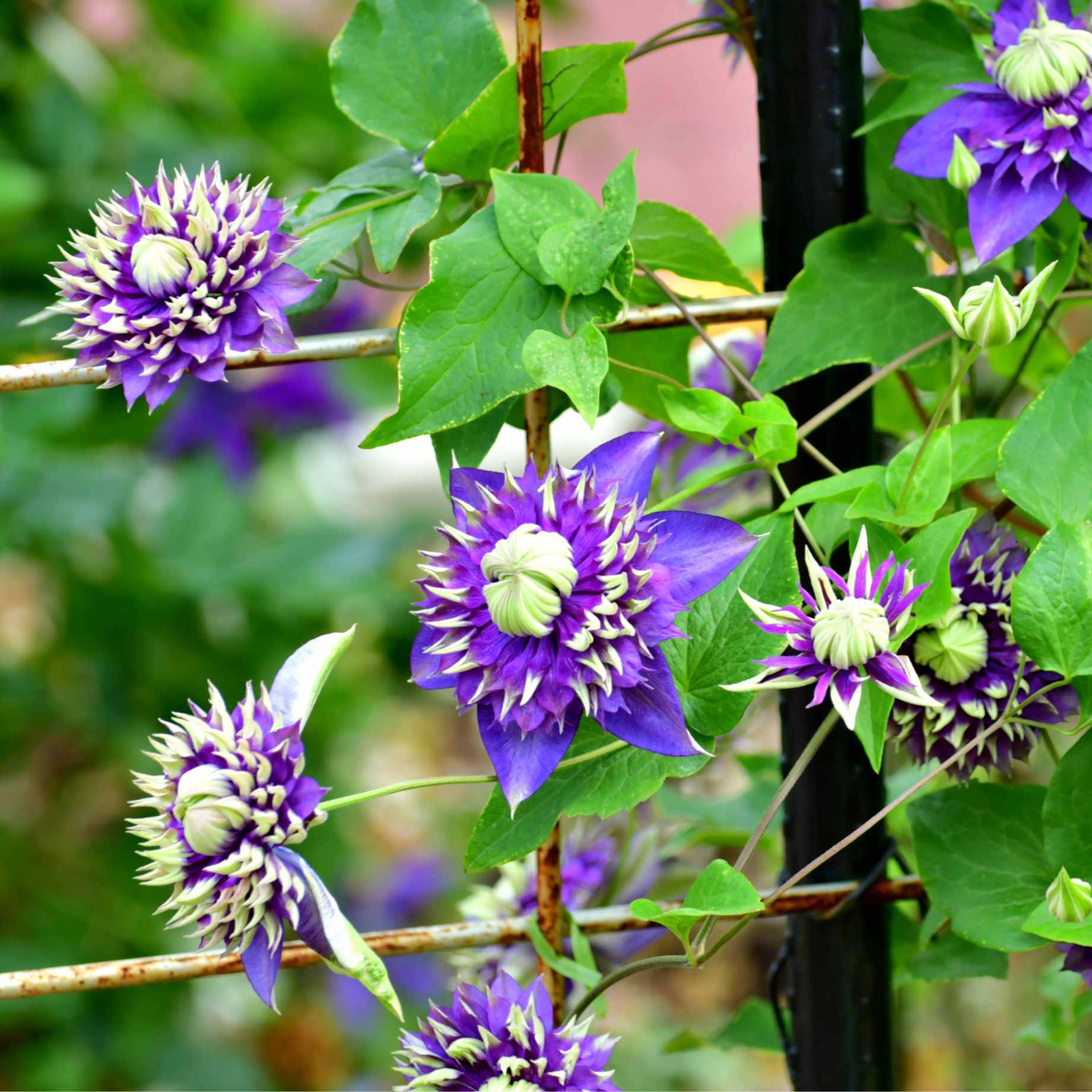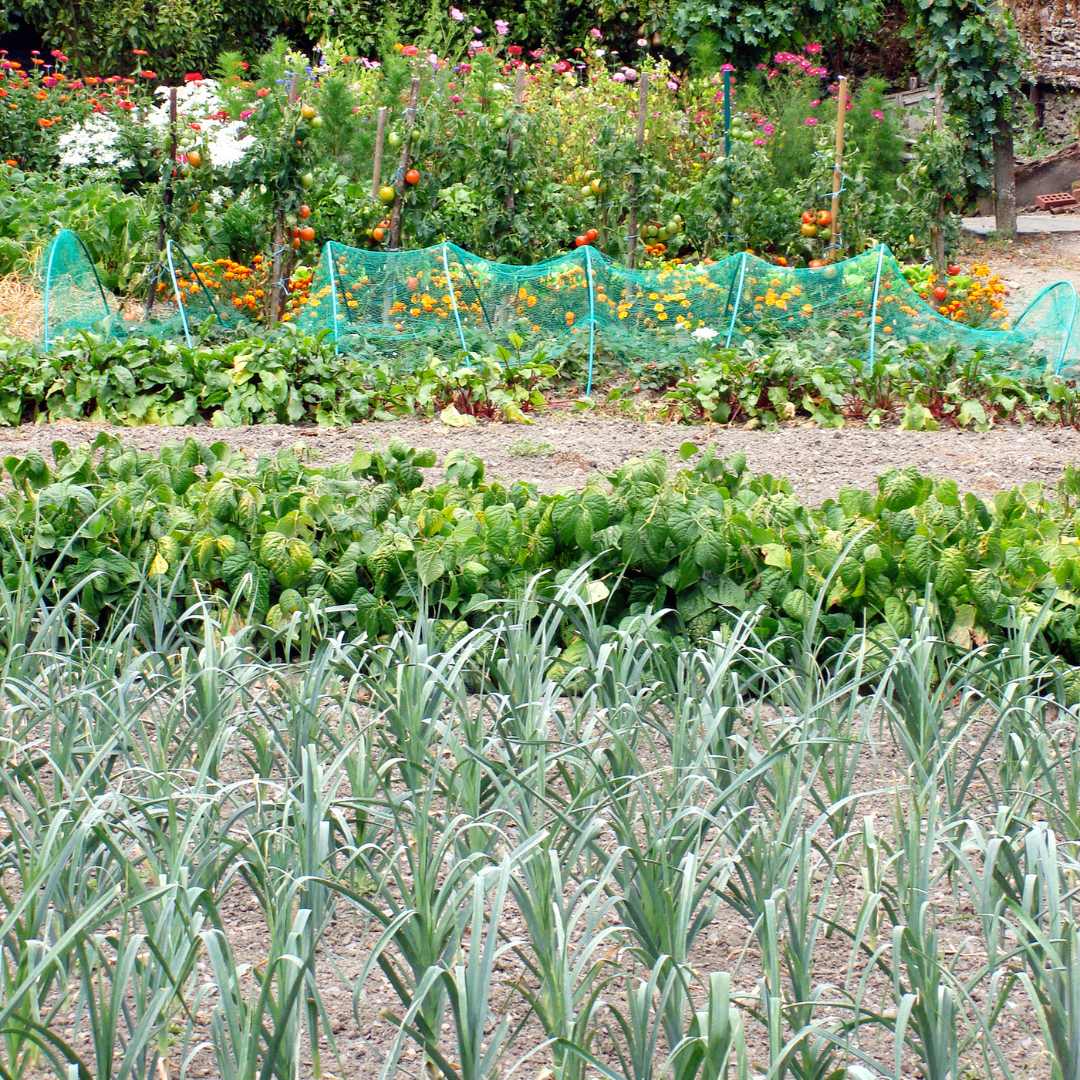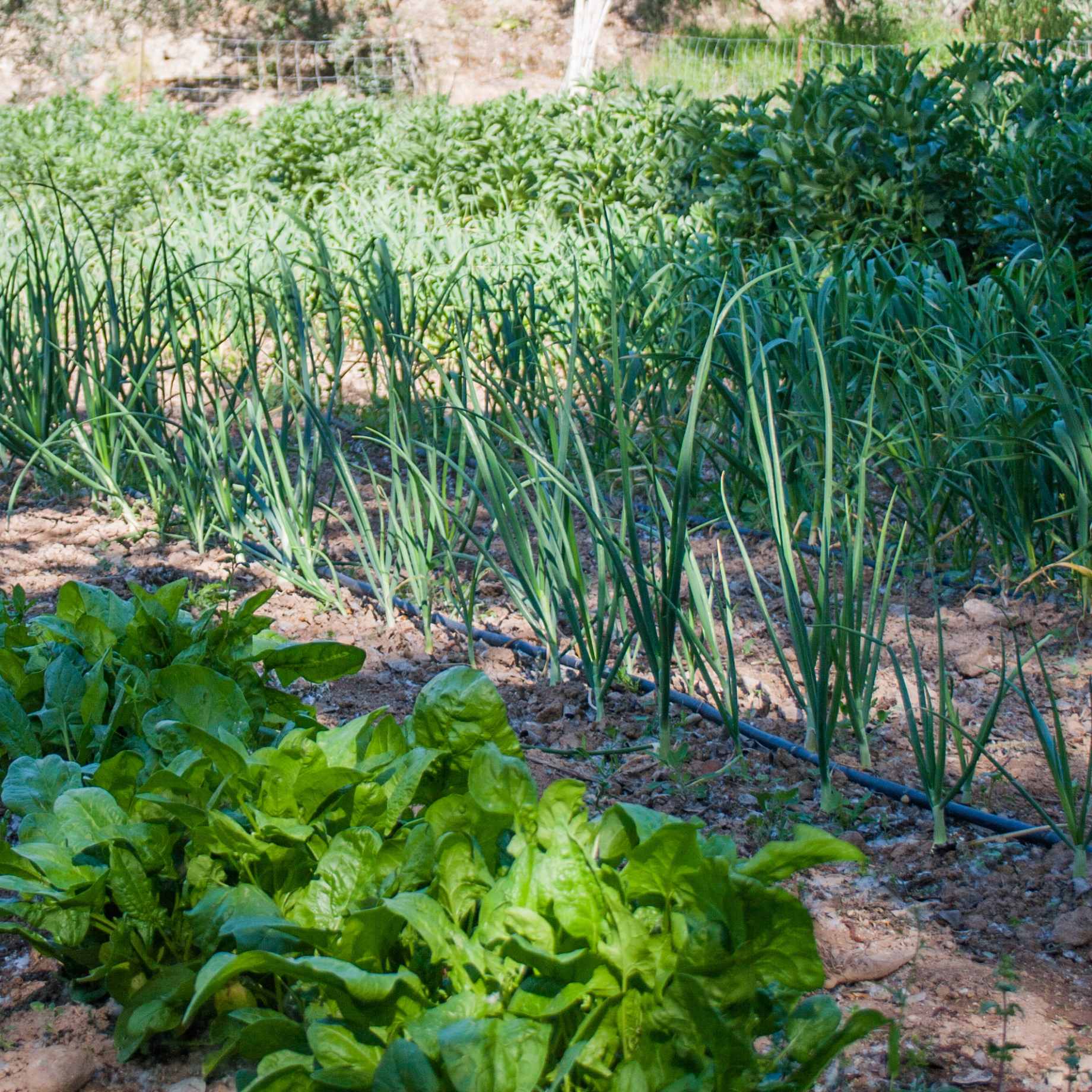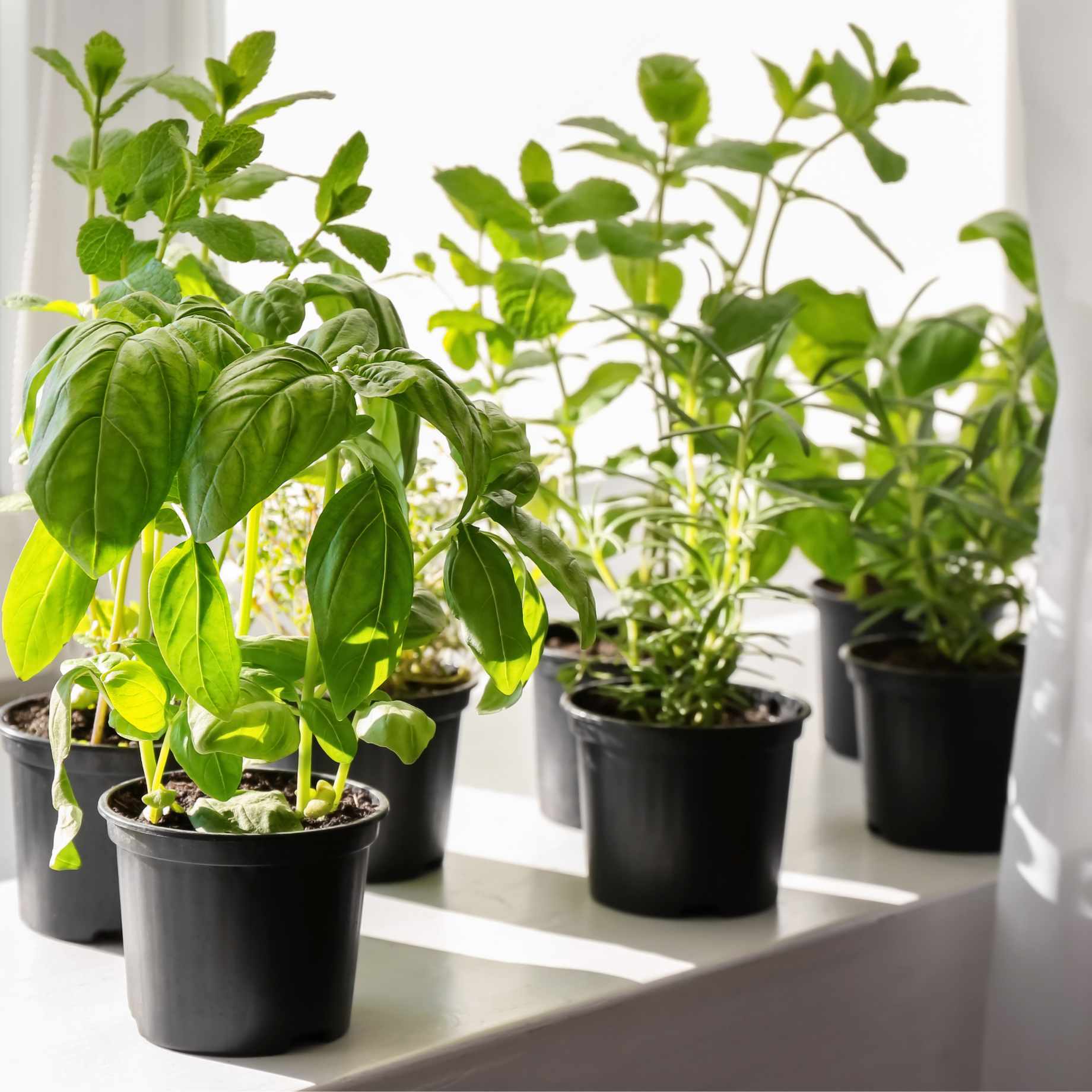Tell Me More…
With its deliciously alluring name catching your attention this beautiful nasturtium produces flowers from June to October, ideal for decorating desserts and salads. Tropaeolum majus ‘Ice Cream Sundae’ looks fabulous in pots or baskets and makes wonderfully colourful groundcover too. Foliage is produced from March to November – suppressing weeds and adding wonderful rounded, veined leaves. All parts of the plant are edible – with sweet flowers in bold yellow and variants of bright scarlet. In addition, the peppery young seed pods are much sought after and can be pickled to preserve them as a substitute for capers. Pretty leaves also have a peppery flavour and look wonderful in salads. As a dietary supplement nasturtium is used to treat digestive problems, skin conditions and respiratory infections. Native to Central and South America plants prefer well-drained soil of any type and value a spot in full sun or partial shade. Tropaeolum majus ‘Ice Cream Sundae’ is a half-hardy (H3) annual which reaches a height of around 35cm and spreads up to 40cm. Plants will fade when the cold weather arrives so save the seed pods and compost down the remainder of the plant.
Flower and Foliage Months
Jan
Feb
Mar
Apr
May
Jun
Jul
Aug
Sep
Oct
Nov
Dec
Foliage Month
Flowering Month
Key Information
| Latin Name | Tropaeolum majus ‘Ice Cream Sundae’ |
|---|---|
| Common Name | Nasturtium |
| Hardiness | H3 (-1 to -5°C) |
| Colour | Yellow |
| Format | Young Plants |
| Position | Full-Sun, Part-Shade, Part-Sun |
| Foliage | Deciduous |
| Height in Maturity (m) | 0.35 m |
| Spread in Maturity (m) | 0.40 |
| Soil Conditions | Chalk Clay Loam Sand |
| Soil Acidity | Acid Alkaline Neutral |
| Aspect | East-facing, North-facing, South-facing, West-facing |
| Good for pots | Yes |
| Good for hanging baskets | Yes |
| Good for Rockeries | Yes |
| Good for wildlife | Yes |
| Good for pollinators | Yes |
| Good for groundcover | Yes |

